Your shoes are arguably the most important part of your workout wardrobe. The right shoes will ensure your feet are supported and cushioned so you are free to focus on developing your fitness, strength or performance whereas the wrong shoes can be uncomfortable, distracting and may even cause injury.
Many exercisers make the mistake of assuming that one shoe fits the bill for all types of exercise and while you can “get by” wearing tennis shoes for running or running shoes for aerobics classes, the demands of these very different activities means that you’d be better off if you choose a shoe designed specifically for the job in hand. The default shoe for the vast majority of exercisers is running shoes but running shoes are not necessarily your best choice for all forms of exercise.
For best results, choose your exercise shoes according to your workout…
Running – whether you are an occasional plodder or are training for a marathon, there is a pair of running shoes available that will suit your running style and, hopefully, your budget. Shoes are built on patterns called lasts which vary according to the needs of the runner in question. Some runners need a very cushioned shoe while others need shoes that prevent excessive inward (pronation) or outward (supination) foot roll. Other runners need a shoe that offers a combination of these traits.
When choosing a running shoe, seek out expert advice from an experienced running shoe fitter – usually found at specialist running shoe shops – they can analyse your running style and recommend a range of models and manufacturers for you to choose from. Make sure you replace your running shoes every 500-miles or so because support and shock absorbency deteriorate with use. Not using your running shoes for other activities will also extend their lifespan…
Group exercise classes – workouts like step aerobics, Zumba and Body Combat involve a combination of forward, backward and side-to-side movements as well as rapid changes in direction. Where some classes are low impact, others involve a lot of high impact moves.
Being well cushioned, a running shoe may seem like the ideal fit for this type of activity however most of the cushioning is located in the heel when, in these types of classes, you are more likely to be on the balls of your feet. Running shoes also offer very little in the way of lateral support which, combined with a thick outsole, means ankle and foot stability may be compromised. At best, this means balance can be problematic and at worst, you may end up turning an ankle.
The ideal shoes for group exercise classes have a low profile, cushioning in the forefoot and heel, may have ankle support and will definitely be built with lateral movement in mind. They should also fit snugly so that the shoe moves with your foot and not independently of it. Racquet sports shoes are a good choice for this type of workout.
Strength training – while shock absorbency is an important factor in many exercise shoes, if you are into your strength training, it’s probably the last thing you need. A running or similarly well-cushioned shoe will compress when loaded which is great for absorbing shock as you run but is the last thing you want when doing heavy squats, deadlifts or other standing exercises. A shoe that compresses under load will rob you of stability which will reduce the amount of weight you can lift. “Real” weight training shoes have either wooden or non-compressing rubber soles and are also fitted with metatarsal straps to increase foot stability.
If you don’t want to buy a pair of weightlifting shoes, you can get a similarly stable effect by wearing minimalist running shoes which have no cushioning or heel or low tech training shoes that have very little cushioning.
Cycling – if you are stomping down hard on your pedals in an effort to ride your bike (spinning, mountain, road or otherwise) as fast as you can, the last thing you want to do is waste energy unnecessarily. As mentioned before, running shoes compress when heavily loaded and that makes them less than ideal for cycling. A good cycling shoe will offer support without much cushioning so that all of your energy is directed into your pedals and not soaked up in the spongy soles of your shoes. The soles should also be stiff to further minimize loss of pedalling energy.
Cycling shoes are normally used in conjunction with toe clips or straps or are deemed to be “clipless” which means they have a mechanism in the sole that will lock your feet onto your pedals to maximize pedalling efficiency. Although both types of shoe can take some getting used to, your perseverance will soon pay off as your peddling technique will become much more effective.
Walking – of course, you can walk in running shoes but if you are serious about walking your way to fitness, you’d be much better served by a pair of specialist walking shoes or even boots. Walking and running are mechanically very different activities and the design of a walking shoe will reflect this; walking shoe outsoles tend to be more rugged, there is more support and the shoes themselves are usually more hardwearing to reflect that many people prefer to walk cross country rather on roads and paths. A good pair of walking shoes can last years and wearing walking shoes will save wear and tear on your probably expensive running shoes.
Cross training – if, like a lot of people, you do a variety of different workouts you have a couple of choices. You could buy a different pair of shoes for each and every activity you do. You could just wear running shoes for everything. Or you could invest in a multisport shoe such as our Dcore X-Fit Training Shoe. Multisport or cross training shoes bridge the gap between a running shoes and strength training shoes and are ideal for workouts like circuit training, general gym work, light running (especially on a treadmill) and, of course, the ever-popular CrossFit. Look for shoes with a low cut, plenty of ventilation, good cushioning and a light weight.
Customize your shoes
Of course, even the most activity-appropriate shoe might not fit perfectly or be 100-percent compatible with your unique foot shape or gait mechanics. Luckily, there are several ways you can customize your shoes to get the perfect fit. For increased shock absorbency, consider replacing the standard insoles in your shoes with gel insoles or adding heel pads. If you need more stability and support or suffer from dropped arches or other foot issues, orthotics can relieve foot, ankle, knee and even back pain.
Owning more than one type of workout shoe might seem extravagant but the reality is your workouts will be more productive if you wear the right shoes for your chosen activity. Not only that, anything that potentially reduces your risk of injury is always going to be a smart investment.

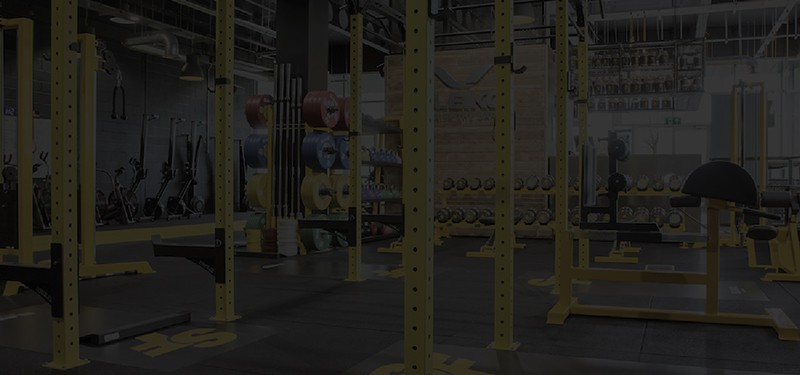
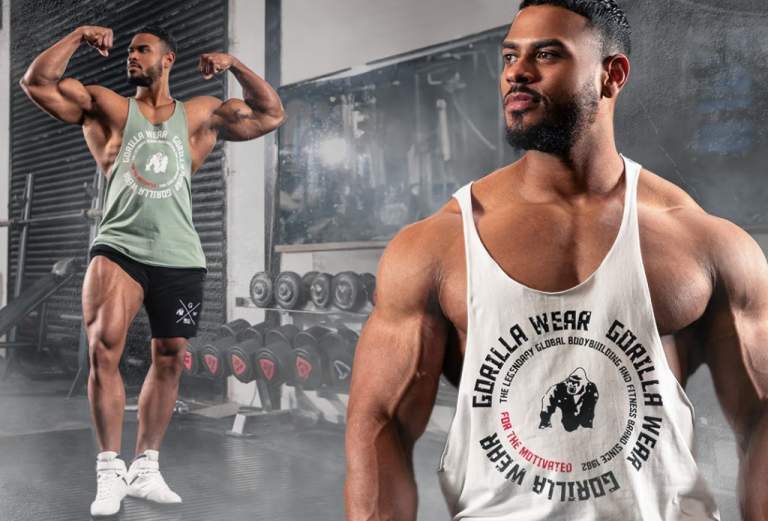
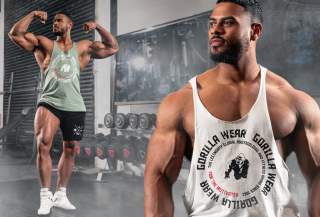
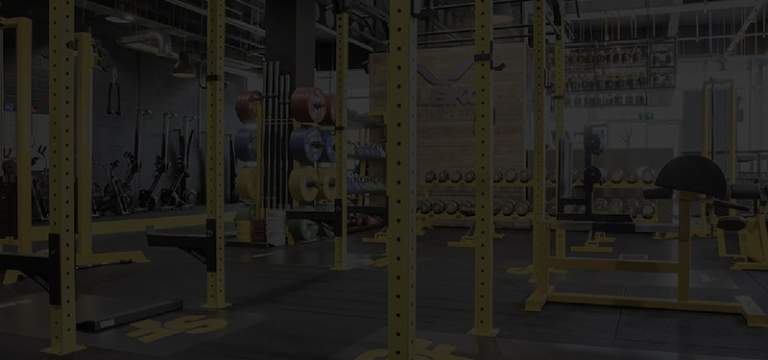
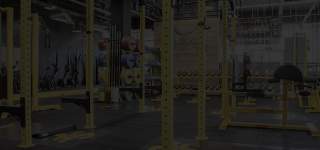
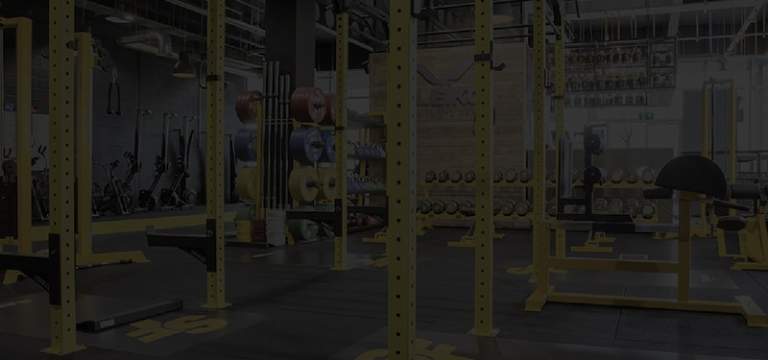
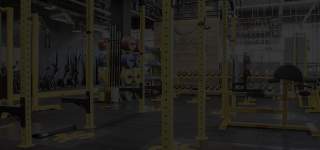
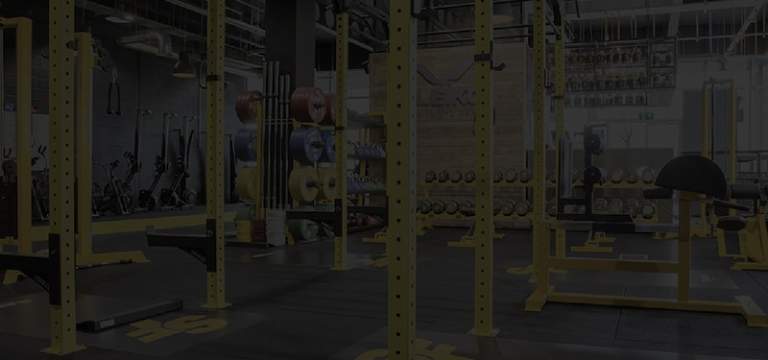
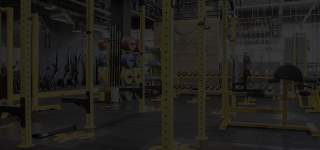
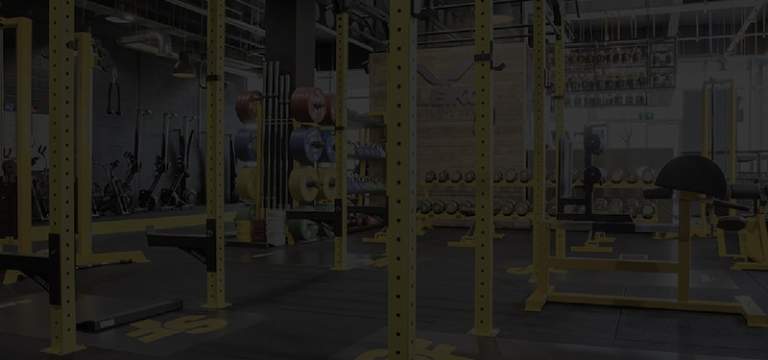
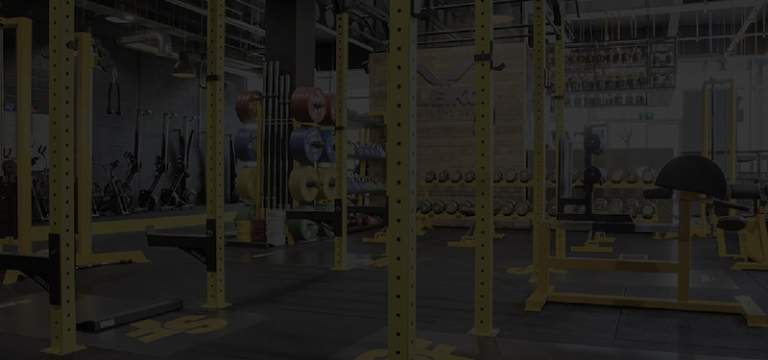
3 Comments
Comments are closed.